Home>Furniture & Design>Interior Design Trends>How Much Sugar In Wine Glass
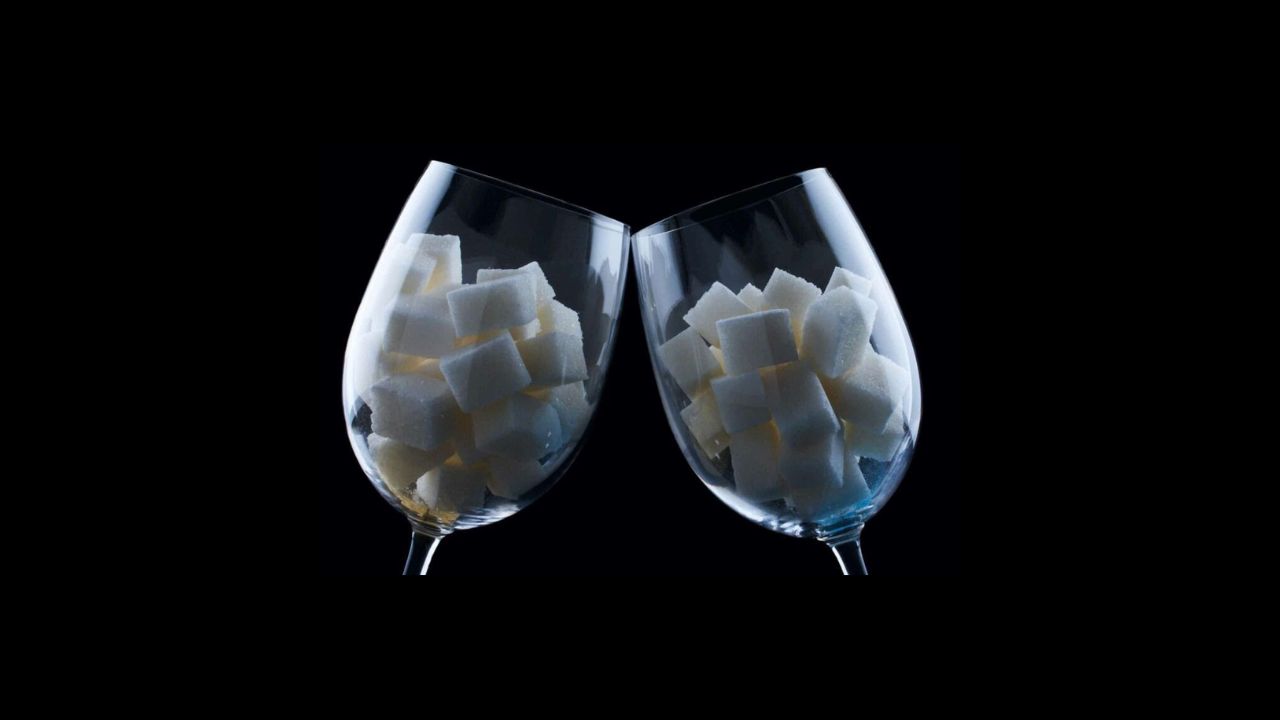

Interior Design Trends
How Much Sugar In Wine Glass
Modified: August 17, 2024
Discover the latest interior design trends for creating a stylish and functional space. Stay updated with the top trends in interior design for a modern and inviting home.
(Many of the links in this article redirect to a specific reviewed product. Your purchase of these products through affiliate links helps to generate commission for Storables.com, at no extra cost. Learn more)
Introduction
Wine has been a beloved beverage for centuries, captivating the senses with its rich flavors and aromas. However, beyond its delightful taste, wine also contains varying levels of sugar, which can significantly impact its overall profile. Understanding the sugar content in wine is crucial for both connoisseurs and casual enthusiasts, as it can influence personal preferences and health considerations.
In this comprehensive guide, we will delve into the intricate world of sugar in wine, exploring its significance, factors affecting its levels, and the implications for our well-being. Whether you're a seasoned wine aficionado or a curious newcomer, this exploration will shed light on the often overlooked aspect of wine appreciation, allowing you to make informed choices and savor each glass with a deeper understanding.
Key Takeaways:
- Wine’s sweetness comes from natural grape sugars, affecting its taste. Understanding sugar levels helps you choose wines that match your preference, whether you like sweet or dry.
- Factors like grape variety and winemaking techniques influence sugar levels in wine. Knowing how to identify sugar content and its health implications empowers you to make informed choices for a balanced lifestyle.
Read more: How Many Grams Of Sugar Is A Glass Of Wine
Understanding Sugar Content in Wine
Understanding the sugar content in wine is essential for grasping the diverse spectrum of flavors and styles that wines offer. Sugar plays a pivotal role in shaping a wine's taste, mouthfeel, and overall impression on the palate. In the winemaking process, the sugar content is a key determinant of a wine's sweetness, and it is crucial to comprehend the terminology associated with sugar levels in wine.
One of the primary indicators of sugar content in wine is the residual sugar (RS) level. This refers to the natural grape sugars that remain in the wine after fermentation. Wines with higher residual sugar levels tend to be sweeter, while those with lower levels are perceived as drier. The sweetness in wine is not always overtly perceptible; it can be balanced by other elements such as acidity, tannins, and alcohol content, contributing to a harmonious flavor profile.
It's important to note that the perception of sweetness in wine is subjective and can vary among individuals. While some may prefer wines with discernible sweetness, others may lean towards drier styles. Understanding the sugar content in wine empowers enthusiasts to make informed choices based on their personal preferences.
Moreover, the terminology used to describe sugar levels in wine can differ across regions and styles. For instance, terms such as "dry," "off-dry," and "sweet" are commonly used to categorize wines based on their perceived sweetness. These descriptors provide valuable insights into the sugar content, enabling consumers to select wines that align with their taste preferences.
In addition to residual sugar, the concept of perceived sweetness is influenced by factors such as fruit ripeness, winemaking techniques, and grape varietals. For example, late-harvest wines, made from grapes that have been left on the vine longer to concentrate sugars, often exhibit pronounced sweetness. Understanding these nuances allows wine enthusiasts to appreciate the intricate interplay between sugar levels and other elements that shape a wine's character.
By gaining a deeper understanding of sugar content in wine, individuals can elevate their tasting experiences and develop a nuanced palate. Whether savoring a crisp, dry Riesling or indulging in a lusciously sweet dessert wine, the awareness of sugar's role in wine enriches the appreciation of this timeless libation.
Factors Affecting Sugar Levels in Wine
The sugar levels in wine are influenced by a myriad of factors that encompass the grape-growing process, winemaking techniques, and environmental conditions. Understanding these influential elements provides valuable insights into the diverse range of sugar levels found in wines, enriching the appreciation of this complex beverage.
-
Grape Varietals: Different grape varietals inherently possess varying levels of natural sugars. For instance, grapes such as Muscat and Riesling are known for their high sugar content, yielding wines with pronounced sweetness. In contrast, varieties like Sauvignon Blanc and Tempranillo tend to produce wines with lower residual sugar levels, contributing to a drier taste profile.
-
Climate and Terroir: The climatic conditions and terroir of a wine region play a pivotal role in determining sugar levels in grapes. Warmer climates often result in grapes with higher sugar concentrations, as the extended sunshine promotes sugar accumulation during the ripening process. Conversely, cooler climates may yield grapes with lower sugar levels, leading to wines with a crisper, less sweet character.
-
Harvest Timing: The timing of grape harvest significantly impacts the sugar content in wine. Winemakers strategically choose the optimal moment to harvest grapes, considering factors such as sugar ripeness, acidity, and flavor development. Grapes harvested later in the season, when sugar levels are at their peak, can result in wines with heightened sweetness, while early harvests may produce wines with lower residual sugar and higher acidity.
-
Winemaking Techniques: The winemaking process itself can influence sugar levels in the final product. For example, the decision to halt fermentation before all the grape sugars are converted into alcohol can result in wines with residual sweetness. This technique, known as "süssreserve" in German winemaking, allows winemakers to retain a desired level of sweetness in the finished wine, contributing to a balanced and luscious taste profile.
-
Yeast Selection: The choice of yeast strains for fermentation can impact the conversion of grape sugars into alcohol. Certain yeast varieties have a higher tolerance for sugar, allowing for more complete fermentation and resulting in drier wines. Conversely, specific yeast strains may leave behind more residual sugar, contributing to a sweeter wine style.
By considering these multifaceted factors that influence sugar levels in wine, enthusiasts can gain a deeper appreciation for the diversity of wine styles and the intricate interplay between natural sugars and winemaking techniques. This understanding empowers individuals to explore a wide spectrum of wines, each offering a unique expression of sugar content that contributes to its overall character and allure.
How to Identify Sugar Levels in Wine
Identifying sugar levels in wine is an essential skill for wine enthusiasts and professionals alike, as it allows for a deeper understanding of a wine's taste profile and style. While the perception of sweetness can be subjective, there are several methods to discern and evaluate the sugar content in wine, enabling individuals to make informed choices based on their preferences.
1. Residual Sugar (RS) Measurement
One of the most direct ways to identify sugar levels in wine is through the measurement of residual sugar (RS). This quantifies the amount of natural grape sugars that remain in the wine after fermentation. Winemakers often provide this information on the wine label, indicating whether the wine is dry, off-dry, or sweet. Understanding the RS measurement provides valuable insights into the wine's perceived sweetness and aids in selecting wines that align with personal taste preferences.
Read more: How Much Sugar Is In A Glass Of Champagne
2. Tasting and Sensory Evaluation
Engaging in sensory evaluation through tasting is a fundamental approach to identifying sugar levels in wine. When tasting a wine, pay attention to the perceived sweetness on the palate. Wines with higher residual sugar levels will exhibit a noticeable sweetness, while drier wines will present with a more restrained or austere character. By honing sensory skills and discerning the level of sweetness in a wine, individuals can develop a nuanced understanding of sugar content and its impact on the overall tasting experience.
3. Understanding Wine Labeling Terminology
Familiarizing oneself with the terminology used on wine labels is instrumental in identifying sugar levels. Terms such as "dry," "off-dry," "semi-sweet," and "sweet" provide valuable cues regarding the wine's sweetness. Additionally, some regions and winemaking styles may use specific labeling terms to indicate sugar levels, offering further insights into the wine's taste profile. By decoding these labeling conventions, individuals can navigate the diverse array of wines with confidence and clarity.
4. Researching Wine Styles and Varietals
Exploring the characteristics of different wine styles and grape varietals can aid in identifying sugar levels in wine. Certain grape varieties are known for producing wines with distinct sweetness levels, and understanding these inherent traits can guide the selection of wines aligned with personal preferences. Researching regional wine styles and their typical sugar content provides a comprehensive perspective on the diverse array of wines available, empowering individuals to make informed choices based on their desired taste profiles.
By employing these methods, individuals can effectively identify sugar levels in wine, enhancing their ability to appreciate and select wines that resonate with their unique preferences. This knowledge enriches the wine-tasting experience, allowing for a deeper connection with the intricate interplay of sugar content and flavor profiles across a diverse spectrum of wines.
Health Implications of Sugar in Wine
The presence of sugar in wine not only influences its taste and character but also holds implications for our health and well-being. While moderate wine consumption has been associated with potential health benefits, it is essential to consider the impact of sugar content, particularly in relation to overall dietary considerations and individual health concerns.
Excessive sugar intake, whether from wine or other sources, can contribute to various health issues, including weight gain, elevated blood sugar levels, and an increased risk of chronic conditions such as diabetes and cardiovascular disease. Therefore, understanding the sugar content in wine is crucial for individuals mindful of their sugar consumption and overall health goals.
For those monitoring their sugar intake, opting for wines with lower residual sugar levels can align with dietary preferences and health objectives. Dry wines, characterized by minimal residual sugar, offer a favorable choice for individuals seeking to moderate their sugar consumption while indulging in the pleasures of wine. Additionally, the awareness of sugar levels in wine empowers individuals to make informed decisions that complement their dietary guidelines and health-conscious lifestyles.
Moreover, the interplay between sugar content and alcohol in wine warrants consideration, as it can impact the overall caloric content of the beverage. Wines with higher residual sugar levels often contain more calories, and the combination of sugar and alcohol can contribute to increased caloric intake. For individuals managing their calorie consumption, understanding the sugar content in wine provides valuable insights into the overall nutritional aspects of this beloved libation.
It is important to note that individual responses to sugar and alcohol can vary, and those with specific health conditions or dietary restrictions should consult with healthcare professionals to make informed choices regarding wine consumption. By being mindful of sugar levels in wine and considering their implications for personal health, individuals can enjoy wine in a manner that aligns with their overall well-being and dietary considerations.
In essence, understanding the health implications of sugar in wine enables individuals to approach wine consumption with mindfulness and consideration for their holistic health. By making informed choices and being conscious of sugar content, wine enthusiasts can savor their favorite wines while maintaining a balanced and health-conscious lifestyle.
When looking at the sugar content in wine, it’s important to consider the type of wine. Generally, sweeter wines like dessert wines or moscato will have higher sugar content, while drier wines like cabernet sauvignon or chardonnay will have lower sugar content. Always check the label or ask the producer for specific information on sugar content in a particular wine.
Read more: How Much Sugar Is A Glass Of Chardonnay
Conclusion
In conclusion, the intricate world of sugar in wine encompasses a rich tapestry of flavors, styles, and health considerations, shaping the multifaceted landscape of wine appreciation. Understanding the significance of sugar content in wine empowers enthusiasts to embark on a sensory journey, exploring the diverse array of wines with a nuanced perspective.
The exploration of sugar levels in wine unveils the profound impact of residual sugar on a wine's taste profile, from the lusciously sweet to the elegantly dry. By comprehending the terminology associated with sugar content and honing sensory skills to discern sweetness, individuals can navigate the vast spectrum of wines with confidence, selecting those that resonate with their unique preferences.
Moreover, the factors influencing sugar levels in wine, including grape varietals, climate, and winemaking techniques, offer a captivating glimpse into the artistry and science of winemaking. This understanding enriches the appreciation of wines as expressions of terroir, tradition, and innovation, each bearing the imprint of natural sugars woven into their character.
The health implications of sugar in wine underscore the importance of mindful consumption, aligning with dietary considerations and overall well-being. By being conscious of sugar content and its impact on caloric intake, individuals can savor wine in a manner that harmonizes with their health-conscious lifestyles, making informed choices that complement their holistic well-being.
Ultimately, the awareness of sugar in wine transcends mere tasting notes, inviting enthusiasts to embark on a holistic journey that encompasses sensory delight, cultural heritage, and personal wellness. By embracing this comprehensive understanding, individuals can elevate their wine-tasting experiences, forging a deeper connection with the captivating interplay of sugar content and flavor profiles across the rich tapestry of wines.
In essence, the exploration of sugar in wine unveils a world of sensory delight, cultural heritage, and personal wellness, inviting individuals to savor each glass with a newfound appreciation for the intricate role of sugar in this timeless libation.
Frequently Asked Questions about How Much Sugar In Wine Glass
Was this page helpful?
At Storables.com, we guarantee accurate and reliable information. Our content, validated by Expert Board Contributors, is crafted following stringent Editorial Policies. We're committed to providing you with well-researched, expert-backed insights for all your informational needs.
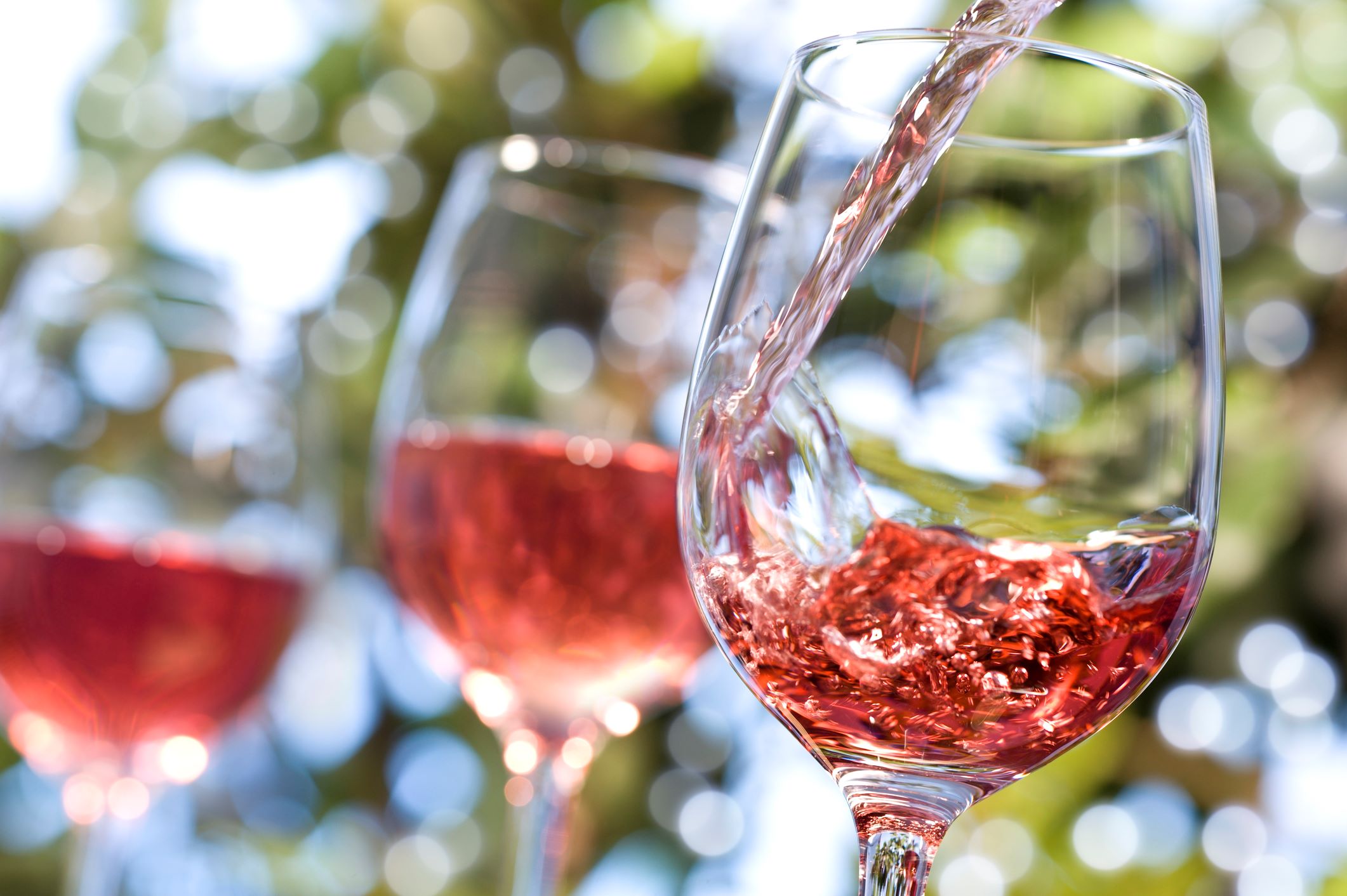
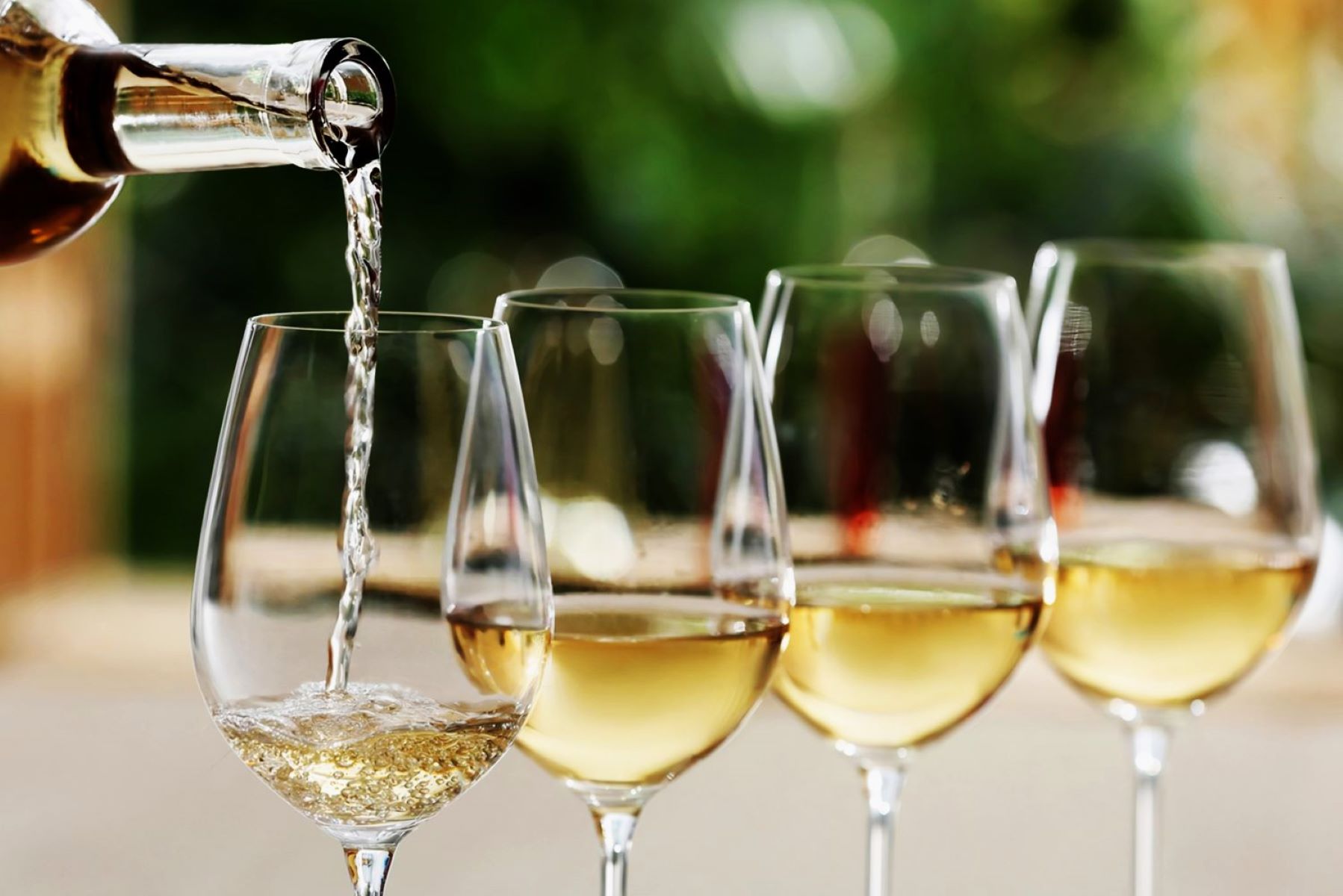


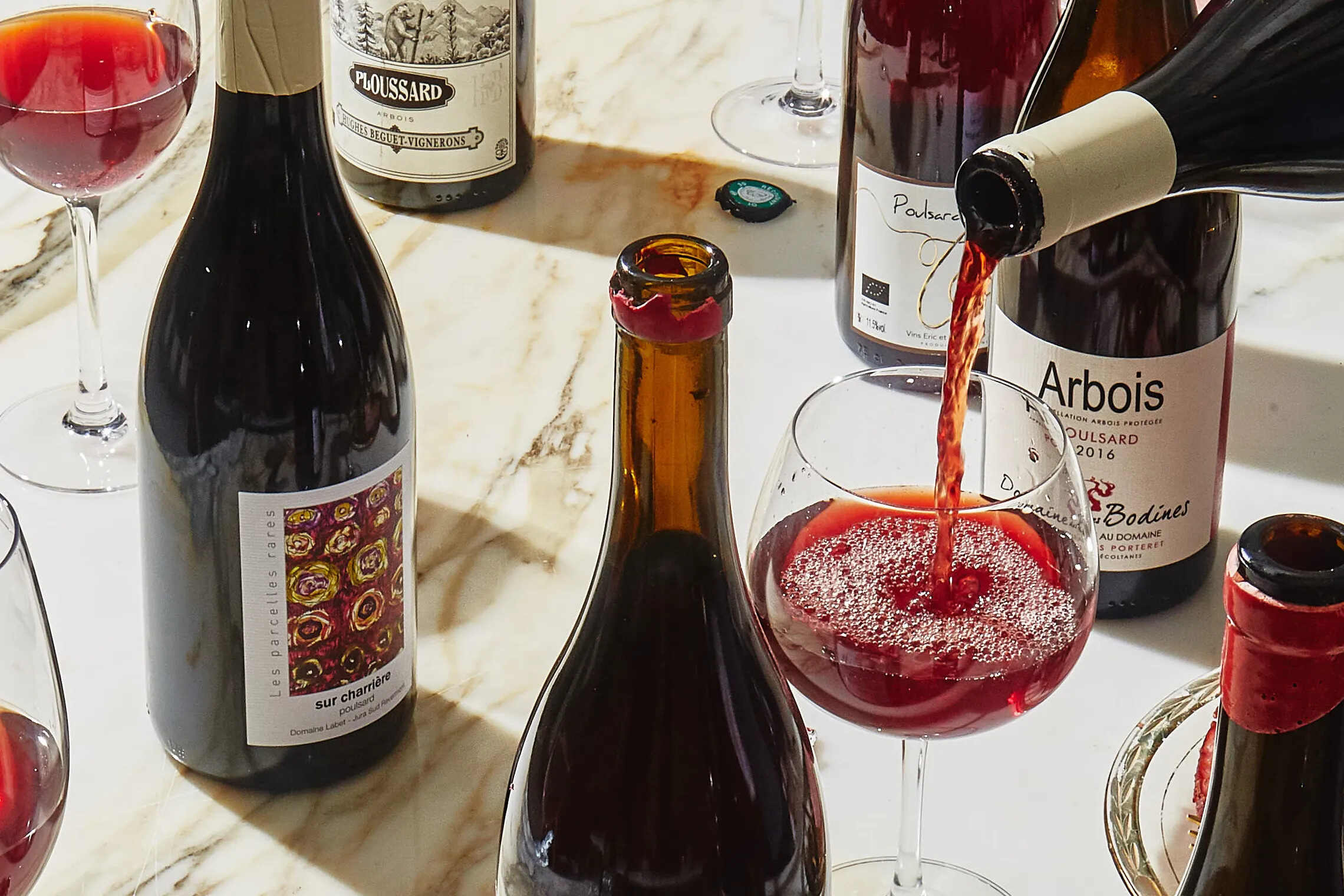
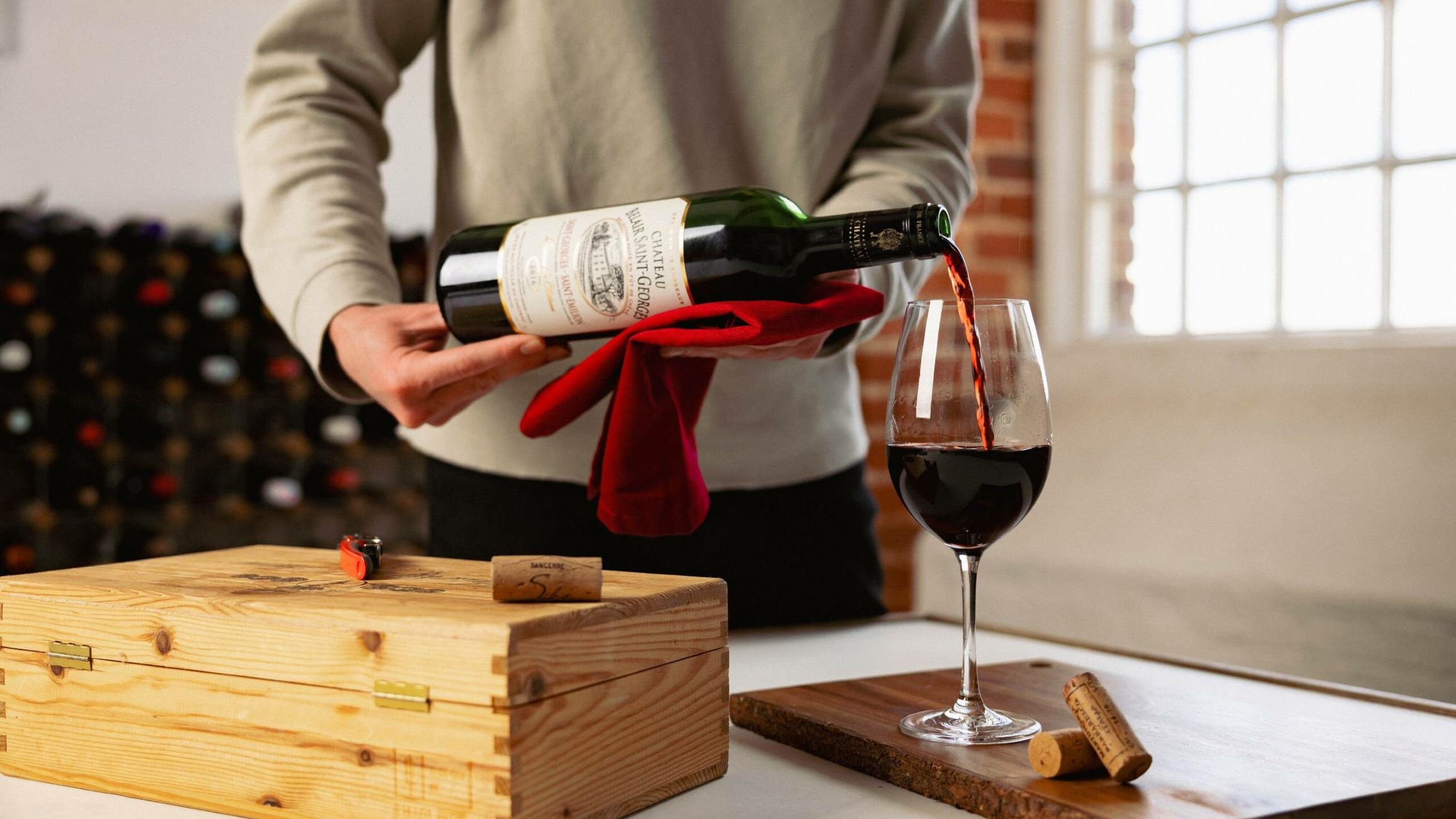
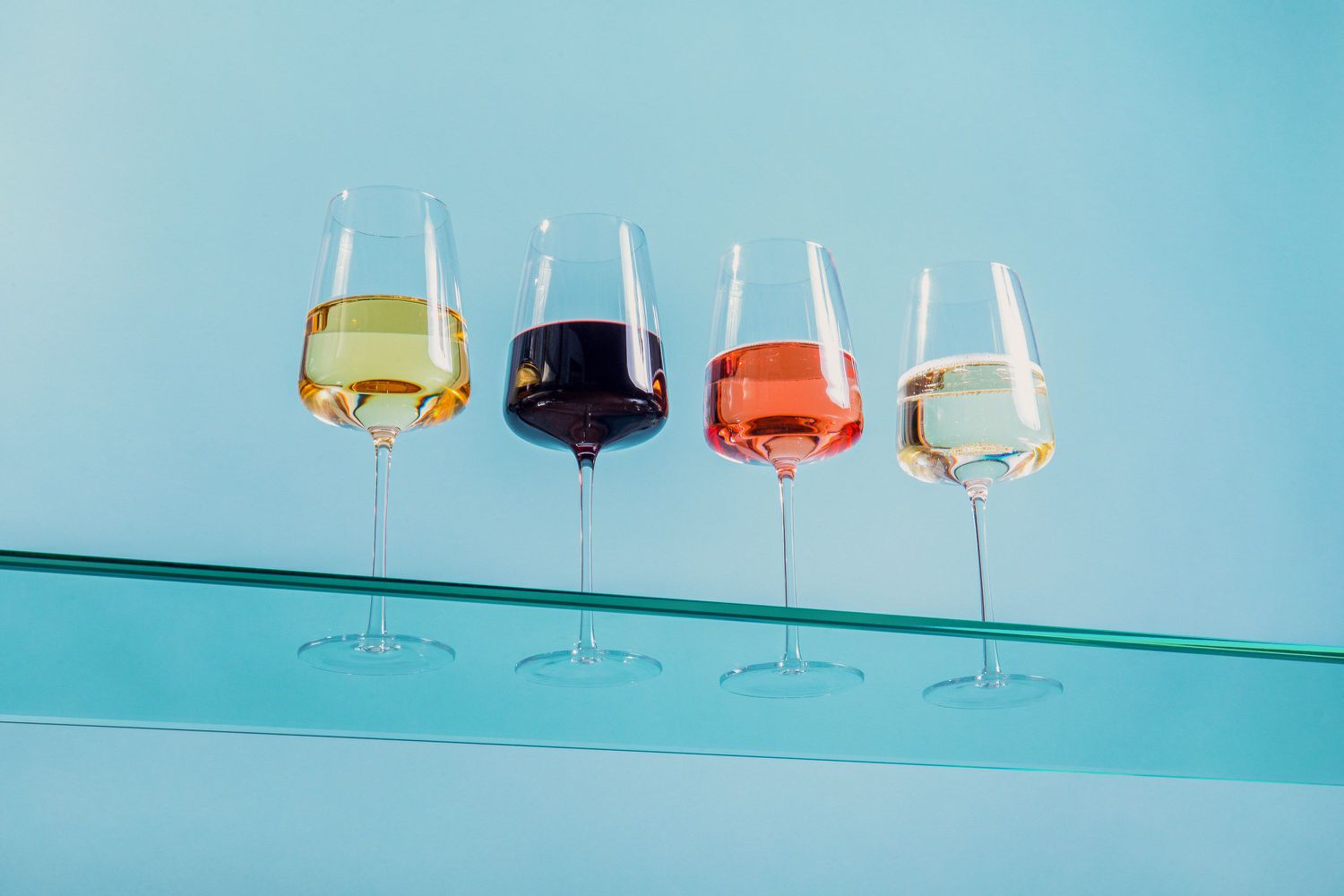
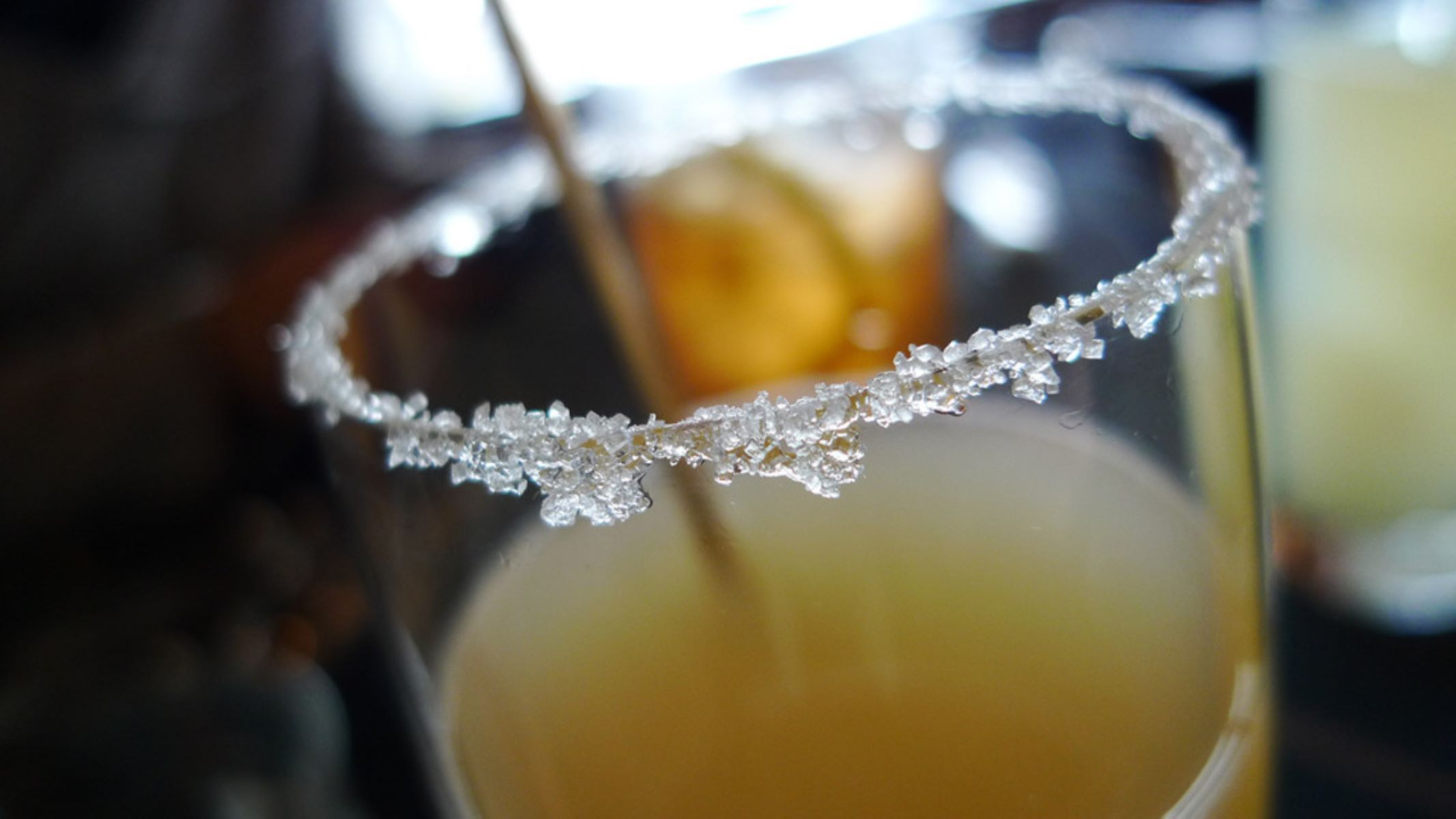
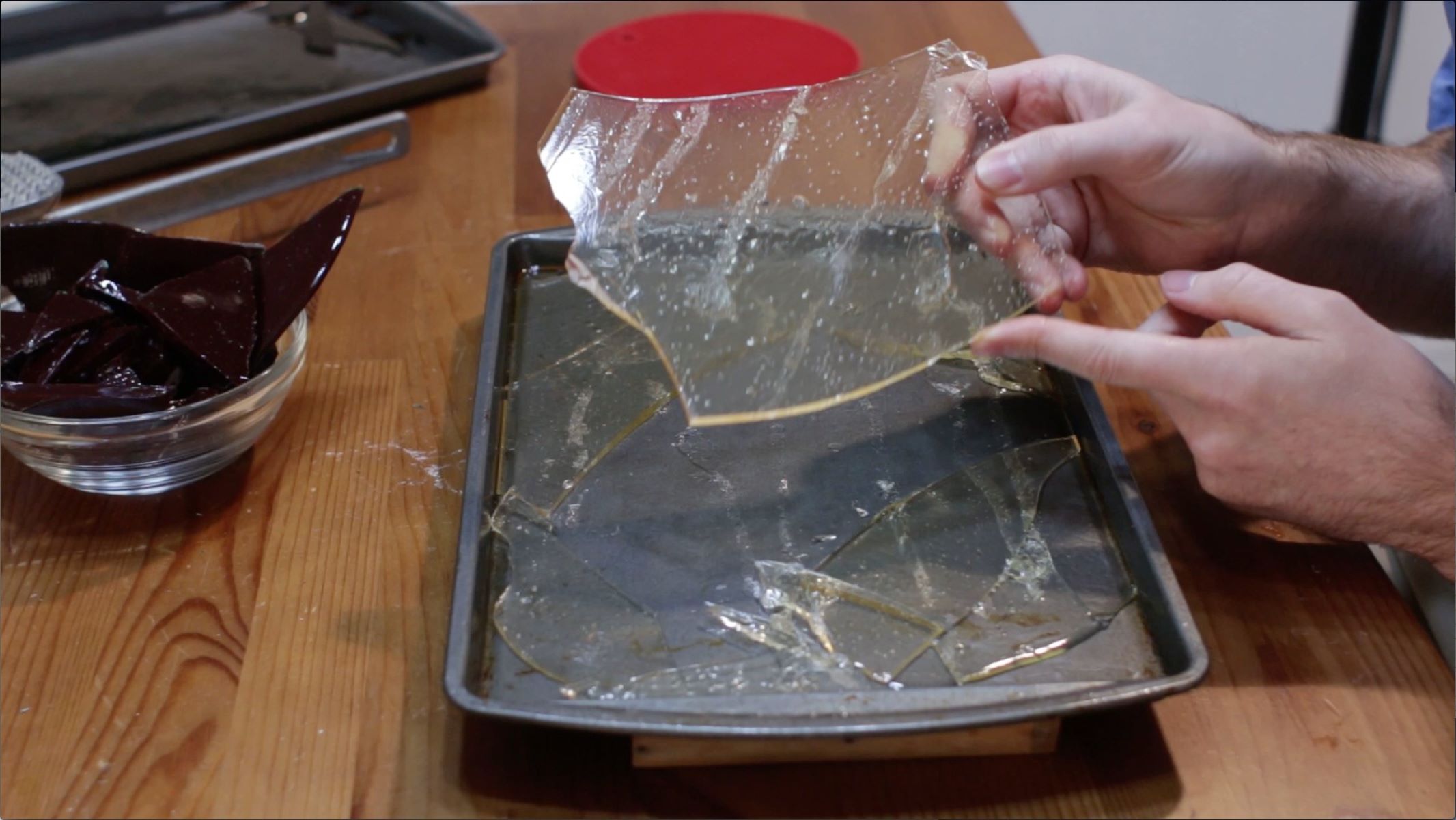
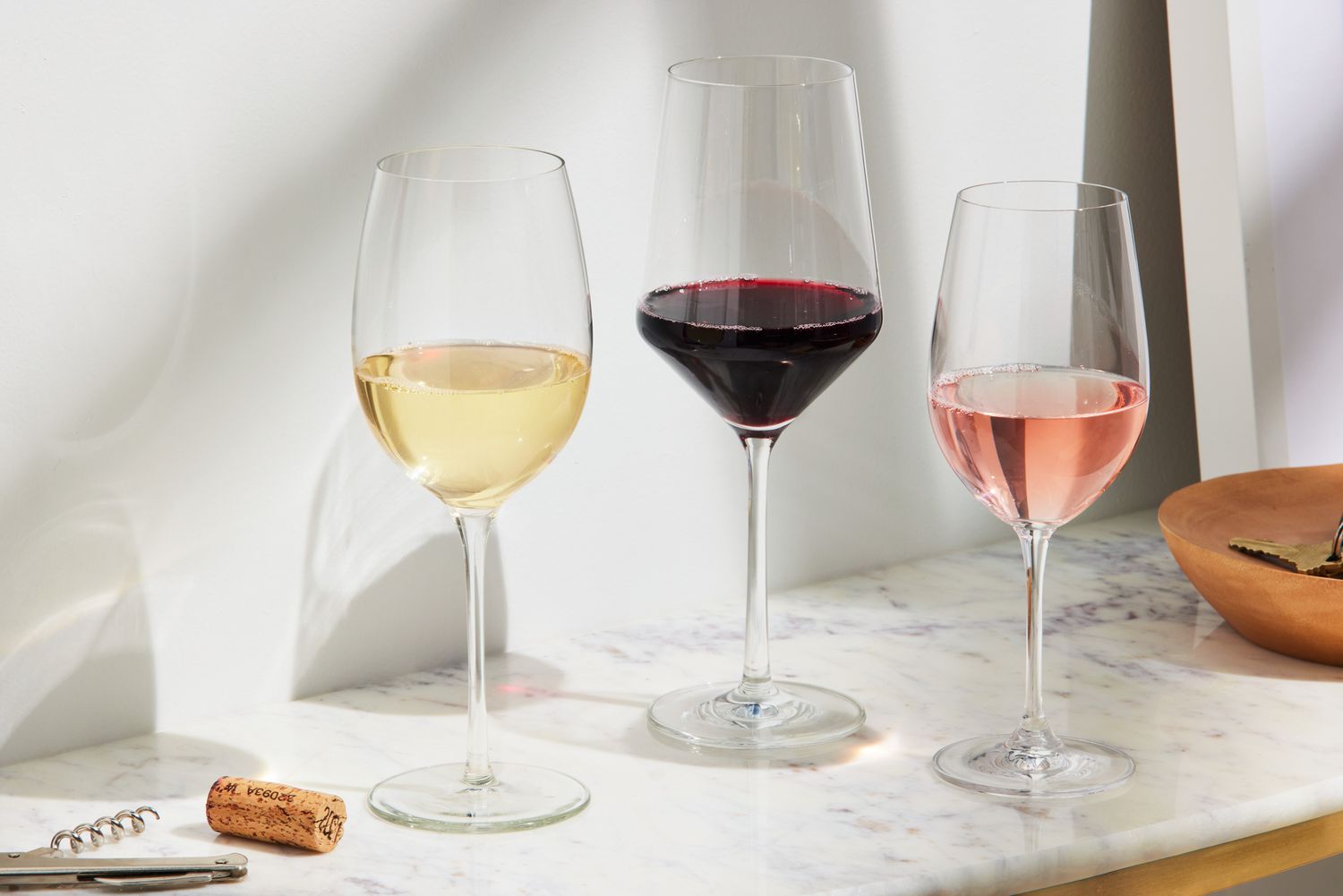


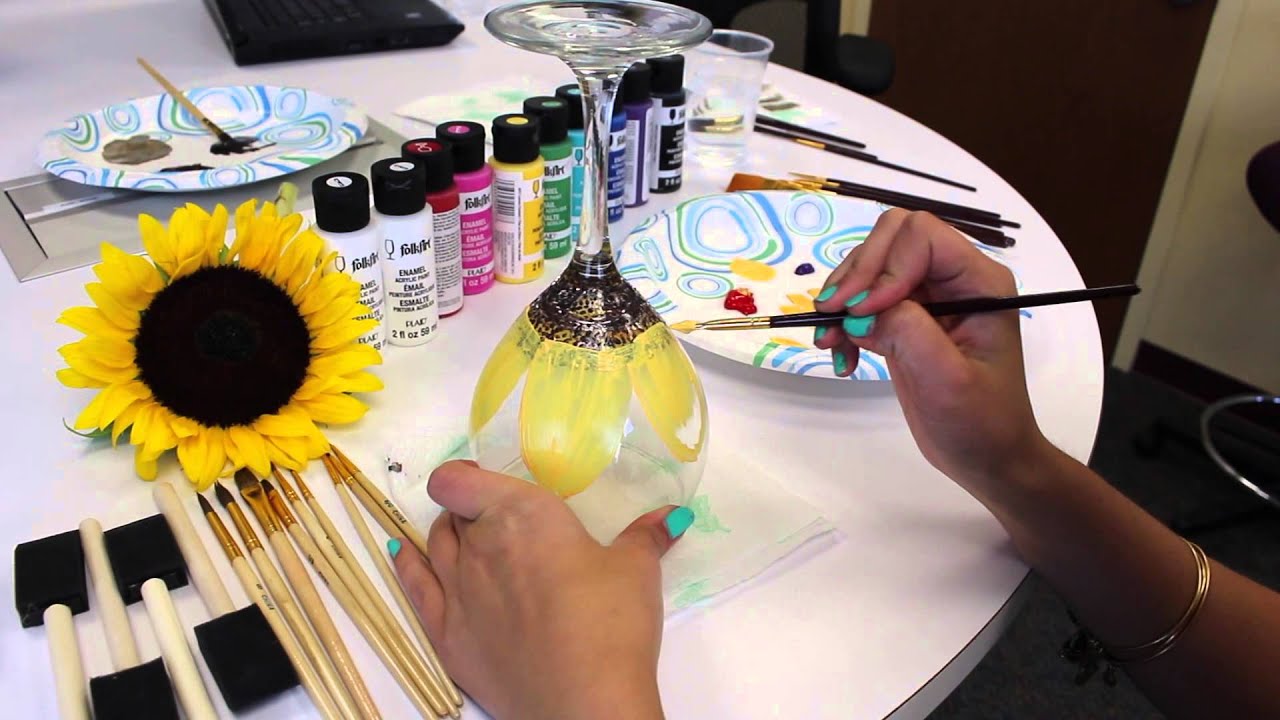

0 thoughts on “How Much Sugar In Wine Glass”